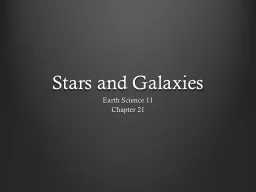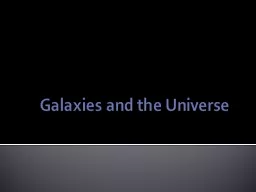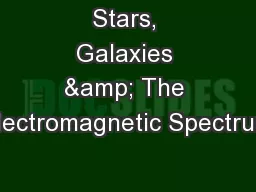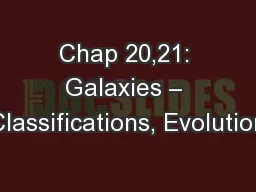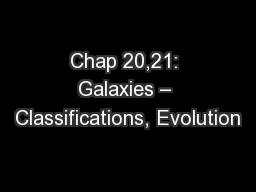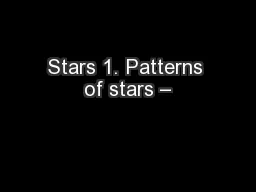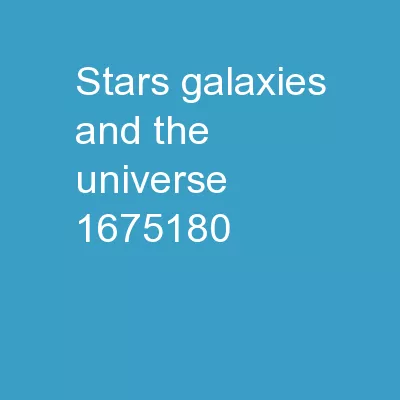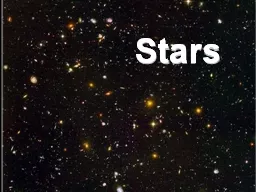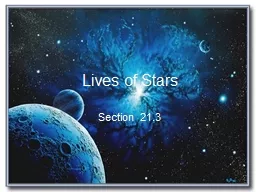PPT-Stars and Galaxies
Author : celsa-spraggs | Published Date : 2017-06-20
Earth Science 11 Chapter 21 Constellations Constellation A groups of stars that appear to form patterns in the sky 88 different constellations can be seen from the
Presentation Embed Code
Download Presentation
Download Presentation The PPT/PDF document "Stars and Galaxies" is the property of its rightful owner. Permission is granted to download and print the materials on this website for personal, non-commercial use only, and to display it on your personal computer provided you do not modify the materials and that you retain all copyright notices contained in the materials. By downloading content from our website, you accept the terms of this agreement.
Stars and Galaxies: Transcript
Download Rules Of Document
"Stars and Galaxies"The content belongs to its owner. You may download and print it for personal use, without modification, and keep all copyright notices. By downloading, you agree to these terms.
Related Documents

